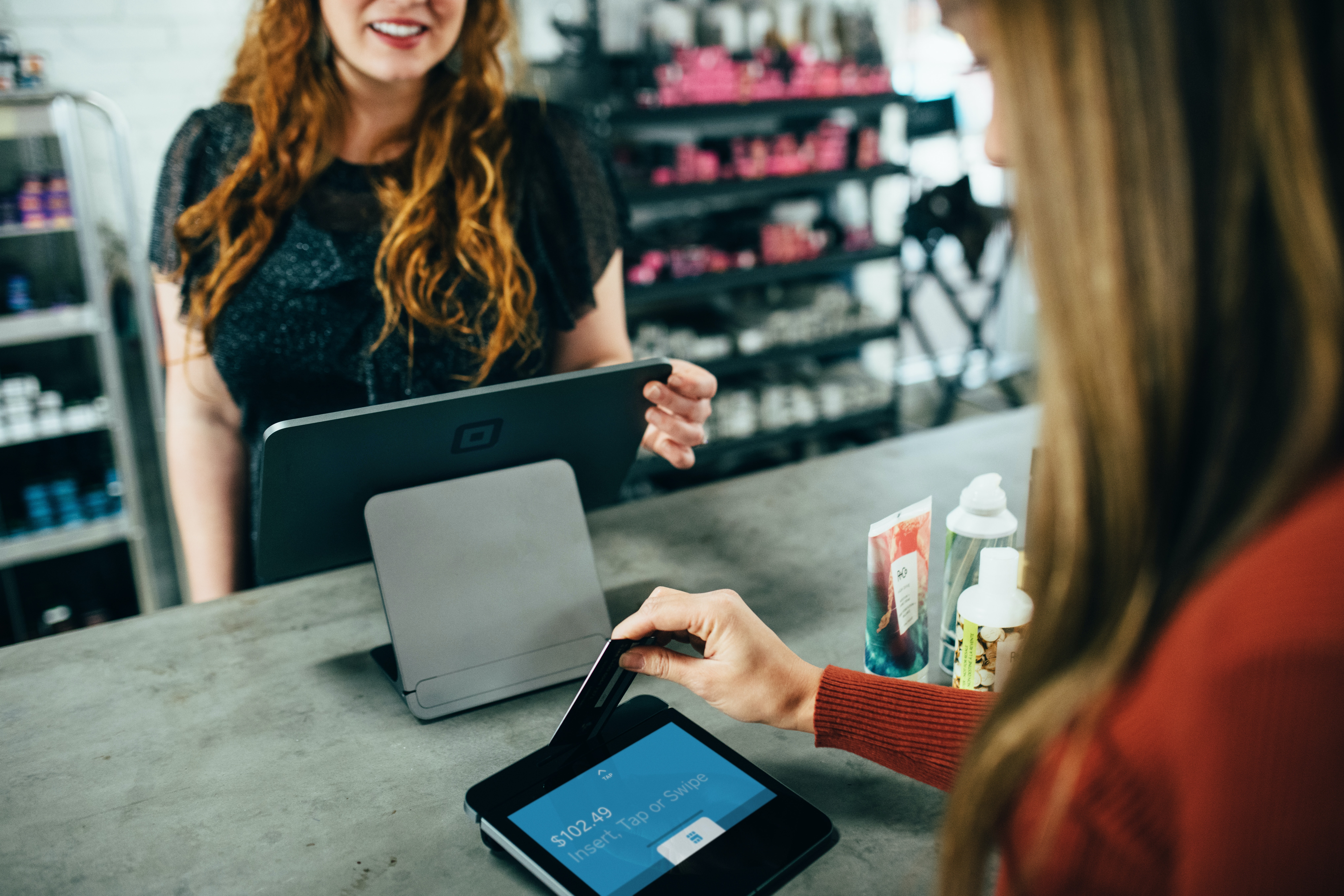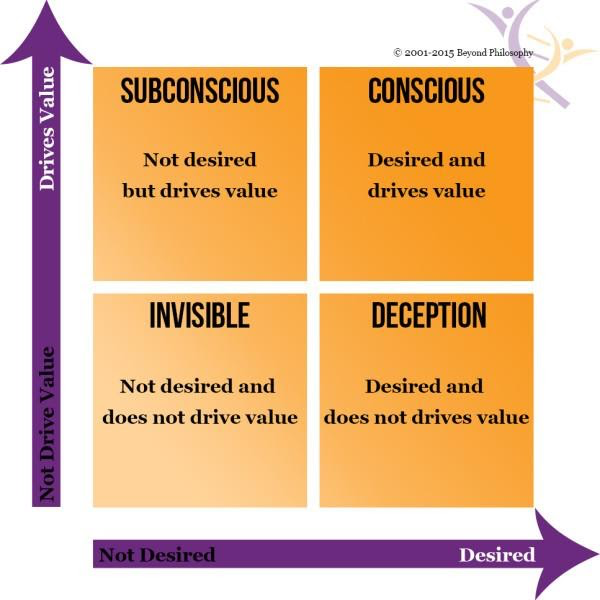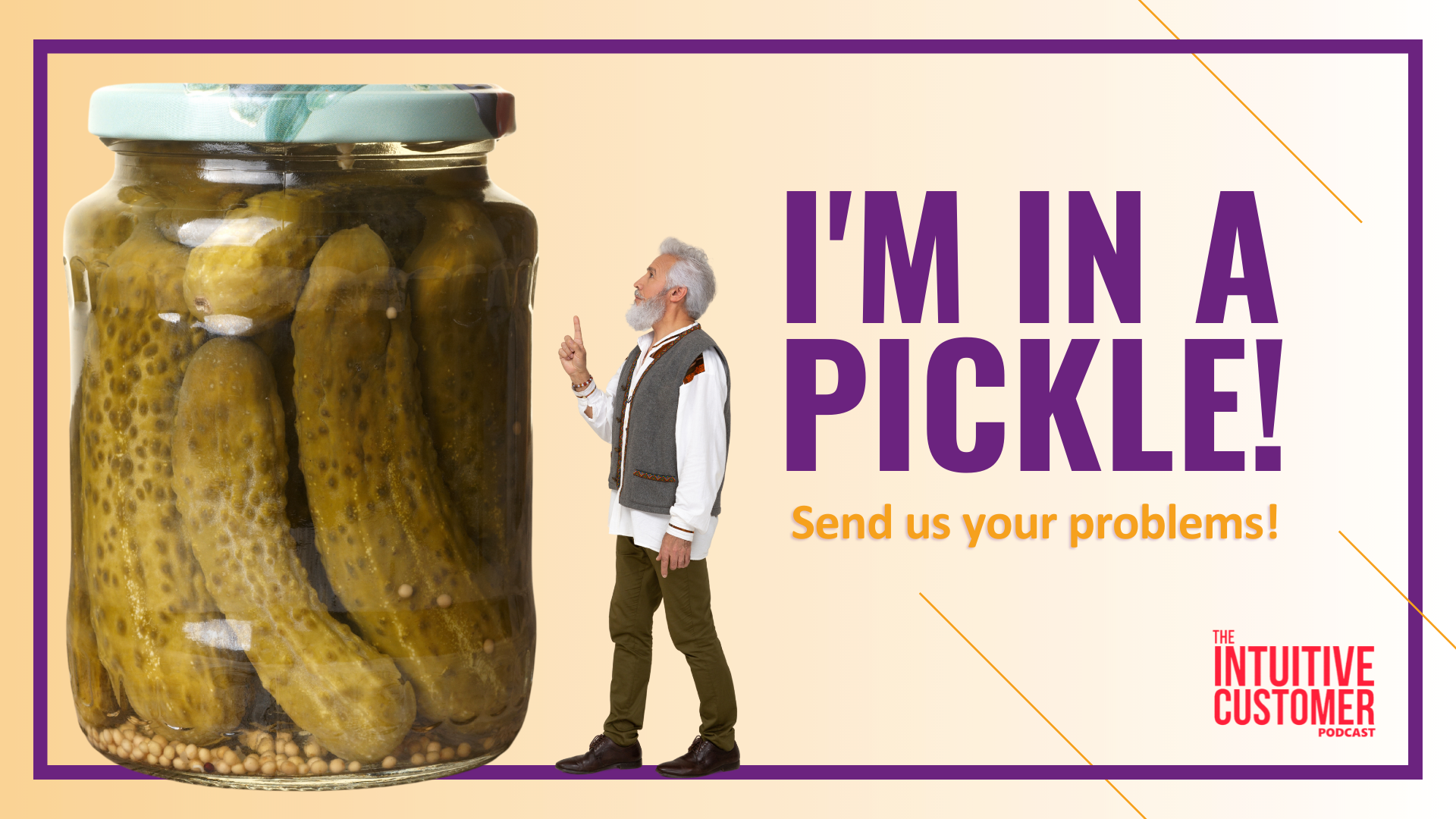The late Steve Jobs said at a 1997 Apple World Worldwide Developers Conference, “You’ve got to start with the Customer Experience first and work backward towards the technology.” Now, in 2021, this quote couldn’t be any more pertinent than it was nearly 25 years ago. However, customers are changing how they have experiences these days, and organizations that don’t keep up will be left behind.
Consumers are making radical changes in their behavior that impact brand loyalty and revenue. Research reveals that once loyal customers switch brands, retailers, and stores now. An October 2021 research survey conducted by McKinsey and Company stated that 75 percent of consumers are radically changing their shopping behaviors, and about 40 percent of those consumers are switching brands and retailers. Moreover, 84 percent said they would continue with this new behavior once the pandemic officially subsided.
I participated in a panel discussion on helping retailers and wholesalers find better ways to improve the digital Customer Experience. Along with Belwadi Srikanth, Group Product Manager, Google, Inc.(aka, Bell), and Roland Gossage, CEO of GroupBy, we talked about the challenges that hinder the Digital Customer Experience. Also, we discussed how Artificial Intelligence (AI) tackles these challenges and how GroupBy’s new product discovery platform powered by Google Cloud Retail AI is helping digital leaders and merchandisers improve sitewide success metrics and how retailers and wholesalers can democratize AI within frameworks quickly.
Customer Experience is Part of Business, Making Way for New Ideas
We’ve seen Customer Experience change over these past couple of decades, which is not unusual. Before the Customer Experience movement, the significant wave of change with business was Customer Relationship Management (CRM), and before that, it was Total Quality Management (TQM).
However, CRM and TQM are not gone or rejected. Instead, businesses absorbed these ideas into the organization as business as usual. Today, the same is happening with Customer Experience. Again, it’s neither gone nor rejected as an outdated concept but part and parcel of what business is today.
 So, if Customer Experience is absorbing into business-as-usual, what’s next? We have a new concept called Customer Science. Customer Science is the fusion between three things: data from internal and external sources, AI that learns about what customers are doing, and behavioral science, which explains the psychology of customer behavior. In addition, on the technology side, we are moving from the omnichannel approach to what retailers call Connected Commerce, which means things like curbside or in-store pick-up and other ways that customers get what they need with a combination of online and in-store experiences.
So, if Customer Experience is absorbing into business-as-usual, what’s next? We have a new concept called Customer Science. Customer Science is the fusion between three things: data from internal and external sources, AI that learns about what customers are doing, and behavioral science, which explains the psychology of customer behavior. In addition, on the technology side, we are moving from the omnichannel approach to what retailers call Connected Commerce, which means things like curbside or in-store pick-up and other ways that customers get what they need with a combination of online and in-store experiences.
In other words, we’re constantly evolving as businesses to apply new things, and they don’t’ go away. We improve them. The companies who embraced these changes, who stayed nimble, came out on top. Those who haven’t are becoming obsolete as their customers move on to other sources.
Unfortunately, some businesses are regressing to the old retail ways, which is the wrong direction. For example, when you call into a contact center today, you will probably hear some version of the following message, “We are sorry. We are experiencing a high volume of calls at the moment, which might result in increased hold times. One of our customer service team will help you as soon as they are available.” Now, some of you might blame this on COVID, but I beg to differ. We are over a year and a half into the pandemic at this point. Organizations have had plenty of time to fix their contact centers to accommodate a high volume of calls, but they don’t want to assign resources to it.
Online retailers have problems, too. My fellow panelist Bell explains that search abandonment, where online shoppers give up because they can’t find the product they want, has cost online retailers as much as $300 billion a year. Moreover, that disappointment with the search results sticks around in the customers’ memory, making it difficult for online retailers to get that customer back once they fail them in search queries.
What Should Retailers Do Next?
The pandemic revealed businesses that get it and businesses that don’t. Many retailers provide a fragmented experience that can leave the customer frustrated so they never complete that sale. Companies have to go forward, not backward if they want to make it and move into the future. That means organizations should adapt to changing customer habits to build that emotional attachment and brand loyalty. To do this, businesses need to understand their customers better. Retailers should know their customers’ intent, both online and in-person.
Online, the search box communicates some of the customers’ intent, but not all of it. That’s what the engineers and programmers are learning to discern. Technology leaders are taking a closer look at customer behavior in the past to help them understand what they want now. Then, they employ the aggregate of the query and the customer’s behavioral history to produce better and more relevant results for consumers.
In-person, intent manifests in different ways. Your customers are people, so that means they are complicated. Like the search queries, what they say they want isn’t necessarily what they want.
The reasons this happens are complicated, too. Sometimes they tell you the wrong thing because they think it’s what you want to hear. Other times they are embarrassed to tell the truth or feel like it would be rude to be honest. Finally, sometimes they tell you the wrong thing because they honestly didn’t know it was wrong. An example I use to explain this is about Disney Theme Parks and salads.
When Disney asked about food offerings, theme park guests said they would like the option of a salad. However, Disney knows that when guests have fun at the theme park, they don’t pick salads to eat; they pick junk food. So, my example here means that you have to embrace that customers are not a reliable resource for telling you what they really want.
Customer Intent is inherently complicated and often requires context. For example, on a recent trip to the beach, my wife asked me if I packed the beach chairs. To some of you, that might seem like a simple query. However, 20+ years of marriage taught me a different intent in her question. You see, I forgot the chairs last time. Her question was a reminder not to make that mistake again this time and that I had better make sure they were packed. So, misunderstanding my wife’s intent could have had severe consequences to the enjoyment of my afternoon on the beach. However, I understood it because I had context.
From a customer strategy perspective, understanding intent is not only critical for predicting what customers will do, but it is also crucial to allow an organization to be proactive, online or in person. This proactive experience powered by Customer Science provides context to understand customers’ intent and is the next wave of change I predict for retailers.
The GroupBy platform allows us to change how we interact with customers using this next wave of proactive experiences. Moreover, retailers can let machines do most of the grunt work by leveraging data and AB testing for different models. Furthermore, organizations do not have to build these tools themselves. Working with Google, the platform makes it faster to implement this technology with customizable solutions for an online experience that reflect the needs of the retailer’s customers.
However, Roland shared a new one among their many online retail experience tools that GroupBy is excited about and retail organizations will find illuminating. Working with Google’s data, the platform will feed a more extensive data set to power the machine learning that will allow it to predict and report more. For example, an organization’s Chief Digital Officer will see what percentage of customers that bought in a brick-and-mortar location started their search for that product online—an insight they have never had before. Technology-powered platforms like GroupBy will drive the fundamental shift in how people are spending their time, money and getting their outcomes online.
Customer strategy powered by Customer Science is the newest version of improving experiences and, perhaps most importantly, getting a return on investment. After all, a fundamental principle of business is to invest resources to generate more revenue. Therefore, you must invest resources in areas that matter to customers most.
We often use a model to describe this to clients:
 At the bottom, we have what customers desire. So, in other words, this is what customers tell you that they want. You have what drives value or what the organization gets on the vertical axis. This four-box model about consciousness proves what drives value. As you can see, the square with conscious awareness by customers of what they want drives the most value. However, the exciting boxes for me are Deception, at the bottom right-hand side, and Subconscious, at the top left-hand side:
At the bottom, we have what customers desire. So, in other words, this is what customers tell you that they want. You have what drives value or what the organization gets on the vertical axis. This four-box model about consciousness proves what drives value. As you can see, the square with conscious awareness by customers of what they want drives the most value. However, the exciting boxes for me are Deception, at the bottom right-hand side, and Subconscious, at the top left-hand side:
- Deception is when a customer says they want something, but you give it to them, and it doesn’t drive value. Remember the salads no one wants at Disneyland?
- Subconscious is when a customer sends the unconscious cues that we can read using principles of the behavioral sciences by reading the hidden meaning behind what they do or say. Like the Conscious box, these things also drive a lot of value.
Many organizations leave the opportunities inherent in the Subconscious on the table, which is a significant loss. There’s a lot of hidden value and money tied up in those subconscious messages that organizations need to understand. Therefore, knowing the behavioral science aspects of Customer Science is essential, followed by the measures that report your ROI.
So, What Should You Do With This Information?
There are a few key takeaways here:
- Retailers must embrace the digital revolution or accept their imminent obsolescence.
- The digital revolution will work smarter, not harder, when powered by Customer Science, the fusion between data, AI, and behavioral science.
- Technology providers that will generate the most business impact are those with the most Customer Experience and behavioral data, understanding those digital human interactions.
- Insights that new technology can provide will steer your business in the right direction in line with your customer interactions and your business goals.
- There will be ways to democratize advanced technology features and implement them over months rather than years through platforms like GroupBy powered by Google.
Roland mentioned in the panel that the future of experiences between online and in-person would continue to blur. This technology is all about removing the friction to transition between those user experiences and not knowing they’re doing it. The digital side of retail powered by AI and predictive and proactive machine learning will result in unprecedented in-store personalization delivered to tablets and other personal digital devices to store personnel.
Today, few retailers embrace it, mainly because it’s expensive and complicated. However, Roland says that will change over the next couple of years. It will be easier for organizations to use the tools as technology experts and platforms to democratize and simplify the implementation for companies. Also, the ROI that personalization produces will be impossible for retailers to ignore. Instead of a nice-to-have, the power of Customer Science harnessing data, AI, and the behavioral sciences will be a need-to-have.
Of course, once we get there, the next wave will come. Will you be ready?
If you have a business problem that you would like some help with, contact me on LinkedIn or submit your pickle here. We would be glad to hear from you and help you with your challenges


